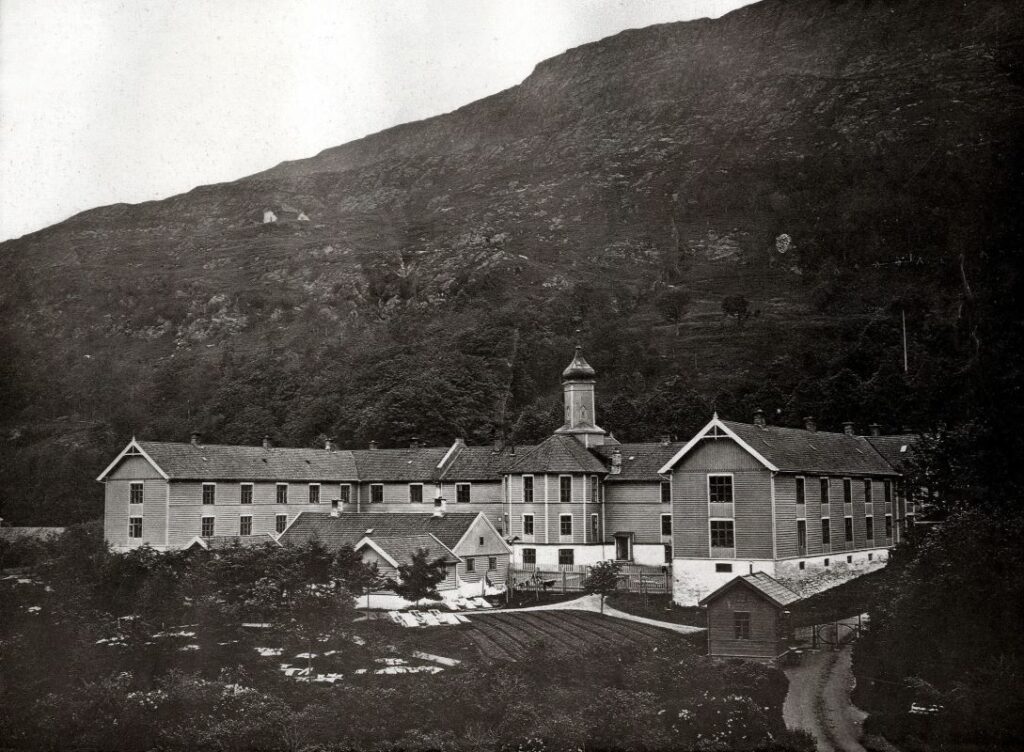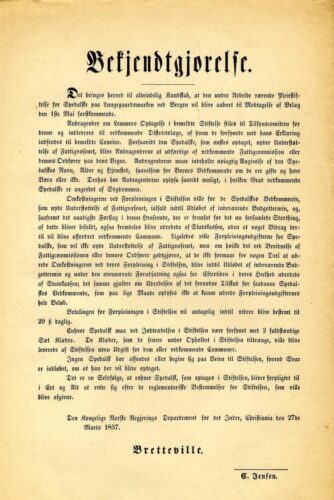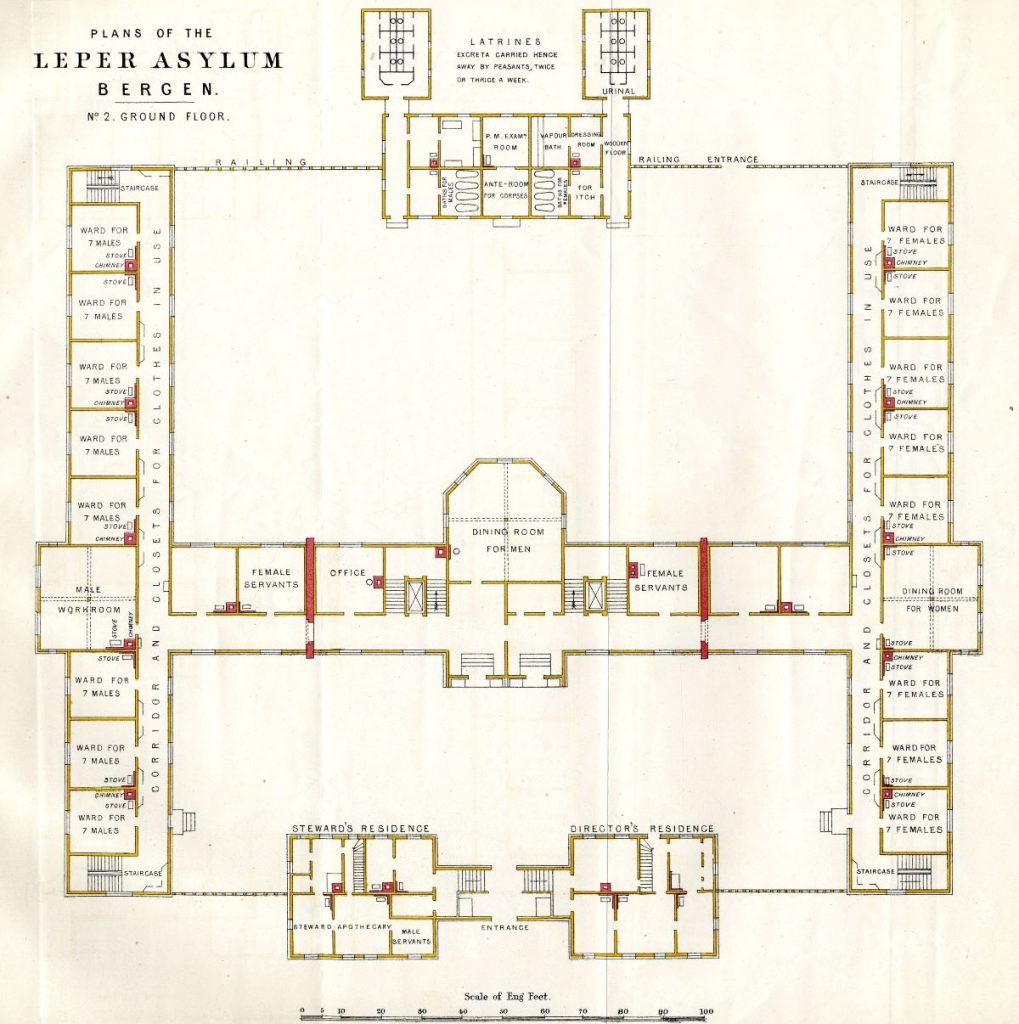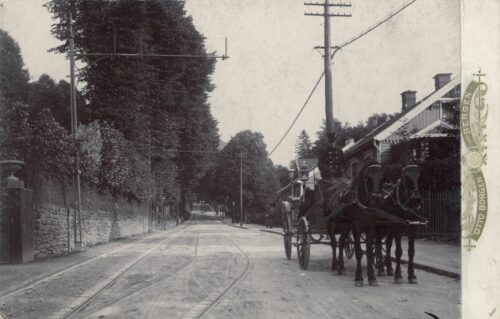An institution for care
As the name the Nursing Foundation for leprosy patients No.1 suggests, the institution was originally not intended for research and cure, but rather a place where residents received care and where they could expect to stay for a long time.
Pleiestiftelsen was given the name ‘No. 1’ because the plan was to use the same name for two other care institutions, which were to be named 2 and 3 respectively, but when Reknes at Molde and Reitgjerdet at Trondheim were taken into use as state leprosy hospitals in 1861, they were instead named Reknes pleiestiftelse and Reitgjerdet pleiestiftelse.
It was Timandus Løberg, Chief Medical Officer for Leprosy, who decided who would be admitted, and he was referred to as the institution’s chief superintendent until he left in 1875.
Pleiestiftelsen Hospital’s first patients arrived in mid-June 1857, 121 people moved in over the course of one-and-a-half months during June and July, and 255 people had moved in by the new year. At most, as many as about 270 residents lived there.

Some of those who moved in only stayed for a few months or a few years before they died, moved back home or went to other institutions. Other residents lived there for a long time. Patient number six, who arrived on 26 June 1857, lived at Pleiestiftelsen for 60 years, until his death in 1917. In total, 2,031 people with leprosy spent part of their lives at Pleiestiftelsen.
Life at the hospital and the building itself were shaped by Danielssen’s prevailing theory at the time that leprosy was hereditary, not least by men and women spending most of their time apart. The institution was regarded as a model for such institutions and drawings of the buildings were included in, for example, an appendix in Henry Vandyke Carters Report on Leprosy and Leper-asylums in Norway; with references to India, published in 1874.



Photo: Otto Borgen. The Directorate for Cultural Heritage.



